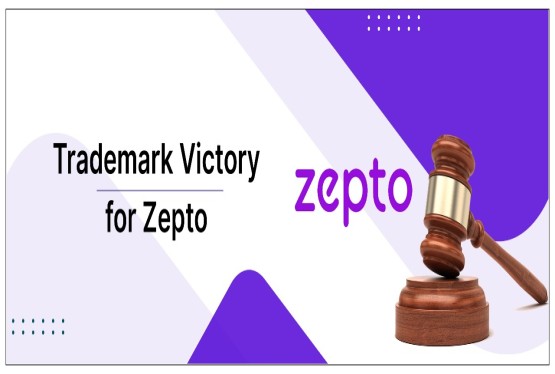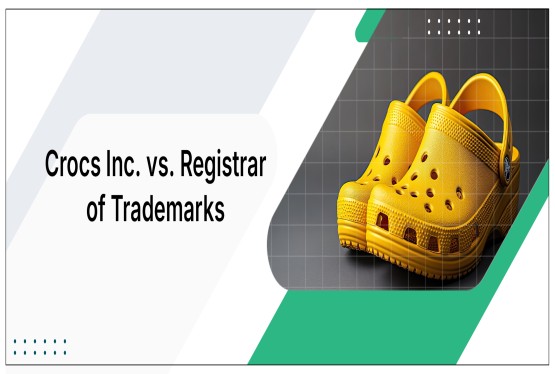In trademark Acts 1999 both trademark registration and trademark infringement disputes, transparency and access to information are paramount for ensuring fair and equitable proceedings. Rule 121 of the Trade Marks Rules, 2017, plays a important role in this regard, providing a mechanism for interested parties to inspect relevant documents.
This article delves into the intricacies of Rule 121, exploring its statutory basis, purpose, procedure, and limitations, particularly in the context of trademark registration and trademark infringement cases. By examining practical examples related to both registration and infringement, and comparing it with international practices, we aim to provide a comprehensive understanding of this essential procedural tool and its significance in trademark disputes. Furthermore, we will address the challenges associated with its implementation and offer best practices for legal practitioners navigating the complexities of document inspection under this rule.
Rule 121 of Trade Marks Rules, 2017
Rule 121 of the Trade Marks Rules, 2017 allows any person interested in inspecting documents related to a trademark proceeding to make a formal request. It reads as follows:
"A person desiring to inspect documents under section 148 shall make a request in writing to the Registrar in Form TM-M and shall pay such fee as prescribed."
This provision operates in conjunction with Section 148 of the Trade Marks Act, 1999, which empowers the Registrar to regulate the access and inspection of documents maintained under the Act.
Purpose and Importance of Rule 121
The provision for inspecting documents ensures procedural transparency and fairness in trademark-related disputes. It helps parties gather evidence, verify claims, and assess the validity of filings. For instance, inspection is often critical in cases involving opposition, rectification, or cancellation of trademarks.
The objectives of Rule 121 include:
1. Transparency: Facilitating access to documents ensures that no party operates in ignorance of relevant facts.
2. Fair Play: It helps balance the rights of applicants, opponents, and other interested parties.
3. Efficiency: Early access to relevant documents can expedite dispute resolution by enabling informed decision-making.
Procedure for Requesting Inspection
1. Written Application: The party seeking inspection must submit a written request to the Registrar in Form TM-M, as prescribed under Rule 121.
2. Payment of Fees: The request must be accompanied by the requisite fees as specified in the First Schedule of the Trade Marks Rules, 2017.
3. Registrar's Discretion: The Registrar has the authority to permit or deny access to the requested documents, ensuring compliance with the law.
Documents That Can Be Inspected
Rule 121 allows for the inspection of documents maintained in the records of the Registrar. These may include:
1. Trademark Applications: Details of filed applications, including the mark, applicant’s name, and specification of goods or services.
2. Opposition Proceedings: Notices of opposition and counterstatements.
3. Evidence: Affidavits, declarations, and supporting evidence submitted during various stages of proceedings.
4. Registrar’s Orders: Copies of decisions or orders issued by the Registrar.
Limitations on Inspection
Despite the broad scope of Rule 121, certain restrictions apply to protect confidentiality and privilege. For example:
• Confidential Documents: Certain internal records or documents containing commercially sensitive information may not be accessible for inspection.
• Privileged Communications: Documents protected under attorney-client privilege or other statutory privileges are excluded from inspection.
• Relevance Test: The Registrar may deny access to documents that are irrelevant to the matter at hand.
Practical Examples
Example 1: Trademark Opposition
An applicant for the trademark "GreenLine" faces opposition from an established company owning the trademark "GreenLite." The opponent alleges that the applied-for mark is deceptively similar. The applicant requests inspection of the opponent's evidence submitted during opposition proceedings, including prior registration certificates and proof of usage. Access to these documents helps the applicant craft a strong defense.
Example 2: Rectification Proceedings
A business files for rectification of a registered trademark, claiming that the mark was obtained fraudulently. The business requests inspection of the trademark application, including declarations and correspondence submitted during registration. Such inspection is critical to proving their case.
Example 3: Invalidity Claims
An individual challenges the validity of a registered trademark, asserting non-use. By inspecting the trademark records, including affidavits of usage and related evidence, the individual can substantiate their claim.
Challenges in Using Rule 121
Despite its utility, the implementation of Rule 121 is not without challenges:
1. Delay in Processing Requests: The administrative burden on the Registrar’s office can lead to delays in granting inspection.
2. Disputes Over Confidentiality: Balancing transparency with the need to protect sensitive information remains a contentious issue.
3. Ambiguity in Relevance: Determining whether documents are relevant to a dispute often leads to disagreements between parties.
Comparison with International Practices
Similar provisions exist in other jurisdictions to ensure procedural transparency in trademark matters. For instance:
1. United States: Under Rule 34 of the Federal Rules of Civil Procedure, parties can request the production and inspection of documents during discovery in trademark disputes.
2. European Union: The EU Intellectual Property Office allows for public inspection of registered trademarks and related documents under specified conditions.
Best Practices for Legal Practitioners
Legal practitioners dealing with Rule 121 should consider the following best practices:
1. Draft Clear Requests: Ensure that Form TM-M specifies the documents sought and their relevance.
2. Anticipate Objections: Prepare arguments to counter potential objections related to privilege or confidentiality.
3. Adhere to Timelines: File requests promptly to avoid delays in proceedings.
4. Leverage Technology: Use online tools provided by the Trade Marks Registry for accessing publicly available records.
Conclusion
Rule 121 of the Trade Marks Rules, 2017, is a vital procedural tool for ensuring transparency and fairness in trademark-related disputes. By allowing interested parties to inspect documents, the rule enhances the ability of litigants to gather evidence, verify claims, and prepare effective legal strategies. However, its implementation must strike a balance between transparency and the need to protect confidential and privileged information.
With proper application and adherence to statutory guidelines, Rule 121 serves as a cornerstone for procedural integrity in trademark law. Legal practitioners and stakeholders must understand its nuances to navigate the complexities of trademark proceedings effectively.
FAQs
Q1. What is Rule 121 of the Trade Marks Rules, 2017, and why is it important?
Ans. Rule 121 allows any person interested in a trademark proceeding to request inspection of relevant documents held by the Registrar. This is crucial for transparency and fairness, enabling parties to gather evidence, verify claims, and assess the validity of filings in both trademark registration and infringement disputes.
Q2. What kind of documents can be inspected under Rule 121?
Ans. Rule 121 covers a wide range of documents related to trademark proceedings, including trademark applications, opposition notices and counterstatements, evidence submitted during various stages (like affidavits and declarations), and Registrar's orders.
Q3. Are there any limitations on what documents can be inspected?
Ans. Yes, there are limitations. Confidential documents containing commercially sensitive information, privileged communications (like attorney-client communications), and documents deemed irrelevant by the Registrar are generally not accessible for inspection.
Q4. How does one request inspection of documents under Rule 121?
Ans. A written request must be submitted to the Registrar using Form TM-M, accompanied by the prescribed fees. The Registrar then has the discretion to grant or deny the request, ensuring compliance with the law.
Q5. What are some of the challenges associated with using Rule 121?
Ans. Despite its importance, Rule 121 can face challenges in its implementation. These include potential delays in processing requests, disputes over confidentiality of documents, and disagreements regarding the relevance of requested documents to the specific trademark dispute.






























_(b)_of_the_Trademark_Act,_1999_(1)_crop10_thumb.jpg)



_crop10_thumb.jpg)




























_crop10_thumb.jpg)
_crop10_thumb.jpg)






_crop10_thumb.jpg)








_crop10_thumb.jpg)
_crop10_thumb.jpg)



_crop10_thumb.jpg)





























_crop10_thumb.jpg)

















_crop10_thumb.jpg)






_crop10_thumb.jpg)












































































































































_crop10_thumb.jpg)



































_crop10_thumb.jpg)












_crop10_thumb.jpg)






















